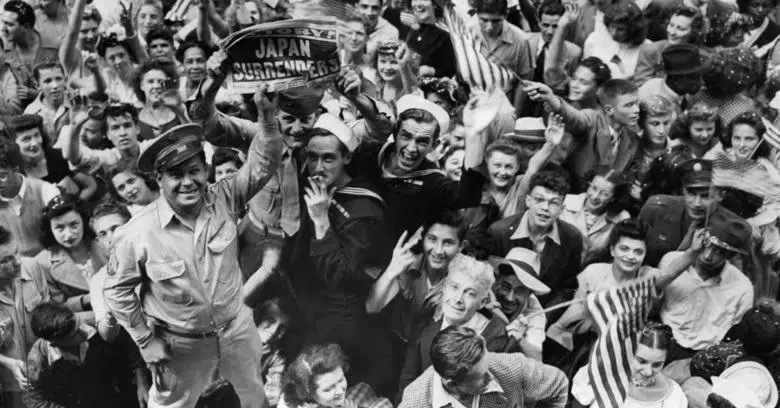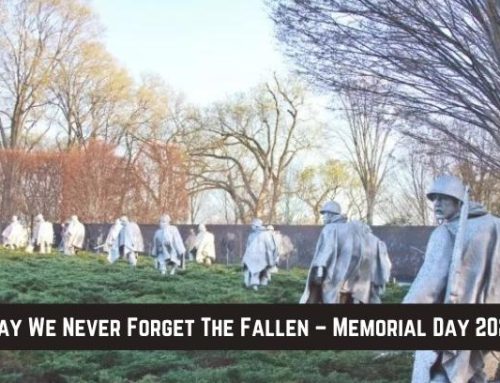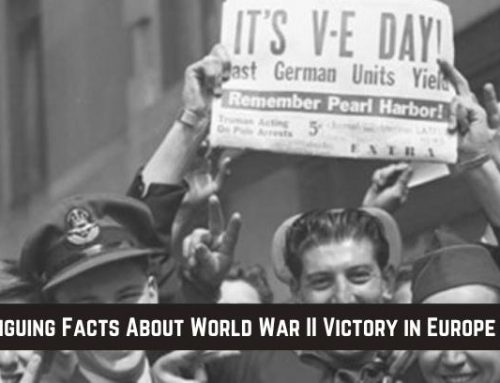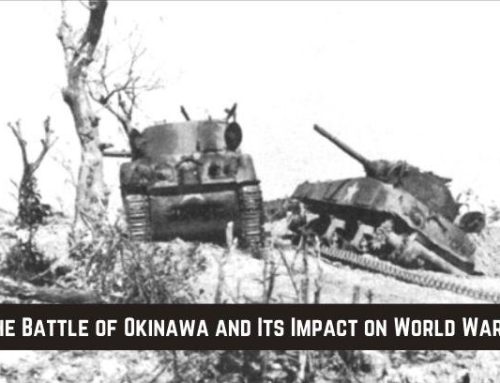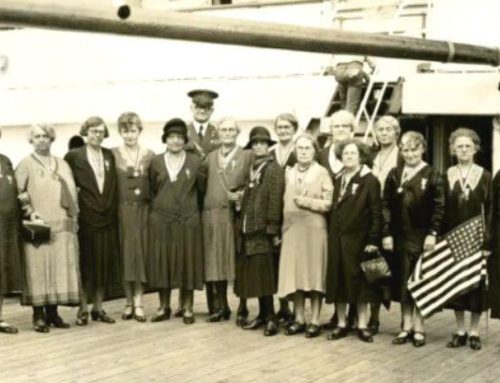VE Day and VJ Day – Remembering the End of WWII
World War II raged throughout Europe and the eastern pacific from 1939 to 1945.
It is a war that is highlighted and remembered by living history museums throughout the country, as it touched nearly every American and every nation in one way or another.
WWII was a devastating war, responsible for millions of deaths due to the advancement of military weaponry and vehicles that were so much more powerful than those used during WWI.
Popular World War II battle reenactments only show a spectator’s view of the story.
Yet it is the end of the story that is still recognized today in VE Day and VJ Day, the two marks of the official end of World War II.
VE Day – WWII Ends In Europe
VE Day, or formally Victory in Europe Day, is when World War II came to an end in Europe with the surrender of the Germans to Allied forces.
It is a day that is still recognized in Europe and throughout the world and commemorated in World War II living history museums as the end of the fighting in Europe and eventually the world.
This occurred shortly after the death by suicide of Adolf Hitler, which resulted in the Nazis surrendering to the Allies and the signing of the first of two documents of surrender on May 7, 1945, in Reims, France by General Alfred Jodi to Allied General Dwight Eisenhower.
Because German troops were currently surrounded by Soviet soldiers in Berlin at the very same time, German Grand Admiral Karl Dönitz who was Hitler’s successor demanded the signing of a second document of surrender, this one between himself and Soviet Premier Josef Stalin in an effort to spare the lives of the German soldiers who Allies surrounded in Berlin.
That document was signed on May 8, 1945.
As word spread of the signing of the second document, people all across Europe took to the streets to celebrate the end of the war.
May 8th was officially declared Victory in Europe Day, the start to the end of World War II.
VJ Day – WWII Ends In Japan – The War Is Officially Over
Though the celebration had begun in Europe, the fighting still raged on in Japan, which had never before surrendered in a military conflict, leading many to believe they never would.
The turning point in the ongoing fighting in the Pacific region came after the dropping of the two atomic bombs on Hiroshima and Nagasaki, three days apart.
With enormous casualties and the Soviet Union then declaring war on Japan, Japan finally did surrender to allied forces on August 14, 1945.
The world once again rejoiced and the Allies declared August 15th as Victory in Japan or VJ Day and the official end to the war.
However, this is not the day that America recognizes, as the official surrender documents were signed later.
Once official surrender documents were signed on September 2, 1945 aboard the USS Missouri in Tokyo Bay, the date was officially declared VJ Day in America.
Today, VJ Day is still recognized on August 14th in Europe and September 2 in America.
Regardless of when VJ Day is recognized, both VE Day and VJ Day are important dates in American and world history for their significance as the two official ending days of World War II in the two separate battle regions.

